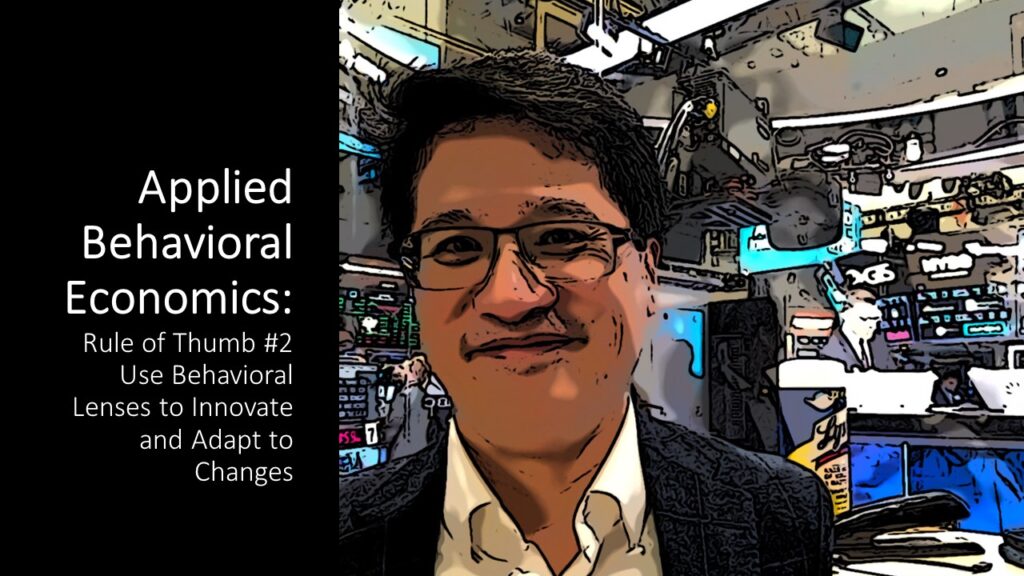
Although I’m no expert in boats, whether you anchor from the bow or stern can have a big impact on outcomes. Do it the right way (based on the design of the boat), you can keep your boat roughly confined to an area. Do it the wrong way, and you could flood, capsize, or sink your boat. When the anchor is up (e.g., removed from use), there are possibilities with a skilled person taking the boat out to new destinations. If you are unskilled, then keeping the boat anchored and at port might make a lot more sense, unless you get someone skilled to help or provide guidance.
Shifting to the world of human behavior, one classic example of the impact of anchoring on judgments was done by Jacowitz and Kahneman, where they asked people to guess the height of the tallest redwood tree. The wrinkle was that for a first group of people, before they were asked to guess the height, they were first asked whether the height of the tallest redwood was more or less than 180 feet. A second group of people followed the same process, except that instead of the 180-foot anchor, a much taller, 1200-foot anchor was used.
Evidence shows that people’s judgments were dramatically affected by the anchor. People who were first asked about the 180-foot anchor guessed the tallest redwood to be 282 feet high. On the other hand, those who first got the 1200-foot anchor guessed the tallest redwood to be 844 feet high, about 3 times higher.
The implications of anchors in real world applications can be large. For example, in another post, my colleague, Prof. Shlomo Benartzi, is covering a case of the defaults displayed during retirement election processes and how they affect outcomes.
One area that I’d like my students to consider has to do with how they elicit information, especially during customer discovery research to determine whether a business is addressing a big problem that people have (e.g., is the business solving the right problem, a common question of startup situations). As an example, here are two ways of eliciting information from customers to evaluate a new product:
- On a scale of 1 to 10, to what extent would you consider X?
- On a scale of 1 to 10, to what extent would you change your current plans and consider X?
How the questions are elicited can have different consequences. For example, the second question is anchoring on a prospective customer’s current plans. This could be appropriate in some cases because in reality, behavior could be hard to change, and so anchoring on current plans might be a more accurate or at least a conservative strategy for assessing the situation.
Here are some key things to think about:
- Anchors can affect judgments (e.g., what do people think, what impressions are formed in their minds).
- Anchors can affect decisions (e.g., what do people actually do).
- Since they affect both judgments and decisions, it is appropriate to consider the role of anchoring on behavior throughout business processes (e.g., customer discovery, customer validation, go-to-market)
- The effect of anchors will likely be dependent on domain (e.g., finance), application (e.g., retirement), and context/conditions (e.g., regular or infrequent decision of customers).
So carefully consider anchors because they are everywhere. Most importantly, they can represent both possibilities and peril.
Photo: Me at home sitting on the floor next to the front door chime enclosure (shaped as an anchor).
Reference: Jacowitz, Karen E., and Daniel Kahneman. “Measures of anchoring in estimation tasks.” Personality and Social Psychology Bulletin 21, no. 11 (1995): 1161-1166.





